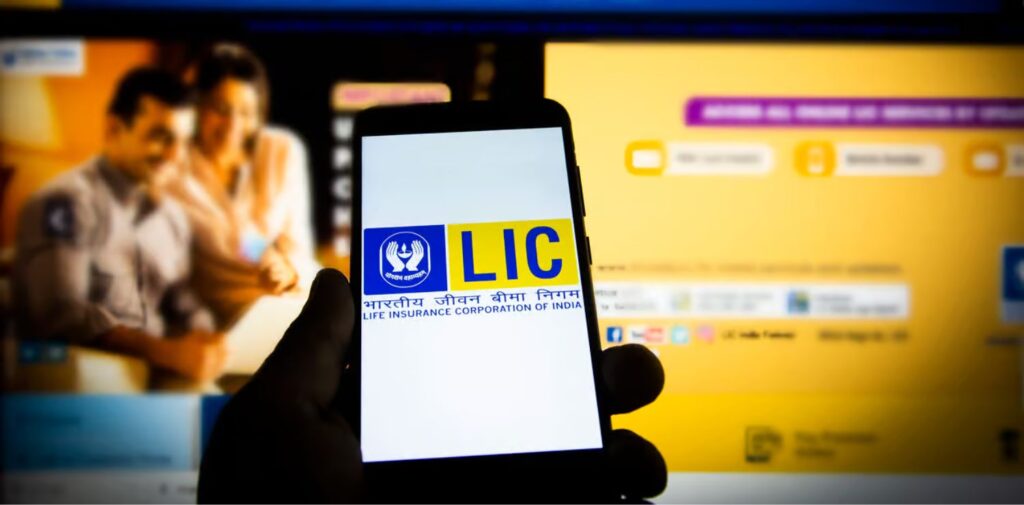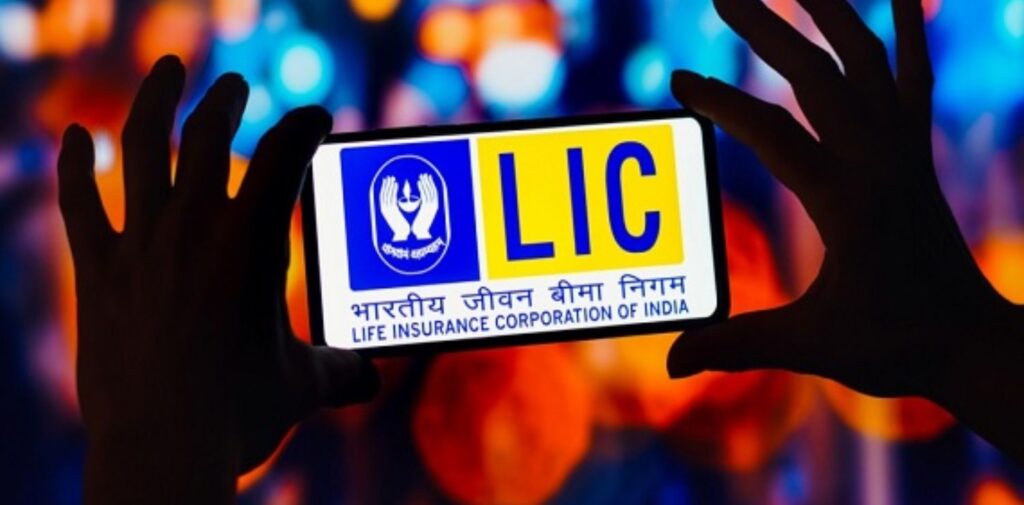The Life Insurance Corporation of India (LIC), a giant in the insurance industry, has recently announced plans to spend ₹600 crore on its digital transformation. This bold move reflects the insurer’s aim to modernize its operations, improve customer service, and stay competitive in a rapidly evolving digital landscape. Here’s a closer look at the key elements of this transformation, the reasons behind it, and what it means for LIC’s employees and customers.

What Is LIC’s Digital Transformation Plan?
LIC’s Digital shift involves spending ₹600 crore over the next two years. The funds are allocated in three main areas:
- System Integrator: ₹400 crore will be invested in improving the company’s IT infrastructure. A system integrator will help streamline th existing systems, making them more efficient and secure.
- Consultant: ₹100 crore is allocated to hire consultants who will guide the company through its digital transformation. This includes evaluating existing processes, advising on the best technology solutions, and ensuring a smooth transition.
- Agency Transformation: Another ₹100 crore will be dedicated to transforming the agency model, which is a vital part of LIC’s business. This includes integrating digital tools for agents to enhance their productivity and make customer interactions more seamless.
Why Is LIC Investing in Digital Transformation?
The insurance sector has seen rapid changes in recent years, especially with the rise of digital platforms. Here are some reasons why LIC is embracing this digital shift:
Increasing Competition: Private insurance companies in India have been quick to adopt digital tools, offering more streamlined services to their customers. LIC, which has traditionally relied on a more manual, paper-based system, needs to upgrade to stay competitive.
Customer Expectations: In the digital age, customers expect quick, convenient service. From purchasing policies online to filing claims through mobile apps, the demand for digital services is rising. LIC’s digital transformation aims to meet these changing customer expectations.
Operational Efficiency: Modernizing its operations through digital solutions will help to reduce operational costs, minimize errors, and improve efficiency. This is particularly important given the scale of LIC’s operations, with over 98,661 full-time employees and millions of policyholders across India.
How Will LIC’s Digital Shift Impact Customers?
For customers, LIC’s digital transformation promises several benefits:
- Faster Service: By digitizing various processes, this aims to reduce the time it takes to process claims, issue new policies, and respond to customer queries. This will significantly enhance customer satisfaction.
- Enhanced Customer Experience: With new digital tools, customers will be able to access their services anytime, anywhere, through user-friendly mobile apps and online platforms. This will reduce the need for physical visits to these branches, saving time and effort for policyholders.
- Personalized Services: As LIC improves its IT infrastructure, it will be able to offer more personalized services to its customers. This could include customized insurance plans based on individual needs, as well as better communication and support.
How Will LIC’s Digital Transformation Affect Its Employees?
With nearly 98,661 full-time employees, LIC is one of the largest employers in India. The digital shift will undoubtedly impact its workforce, but it’s important to understand how.
- Training and Upskilling: As LIC moves toward a more digital framework, employees will need to be trained to use new technologies. This could involve upskilling in areas like data management, digital customer service, and the use of advanced software systems.
- Change in Work Culture: A digital transformation often leads to a shift in work culture. Employees may have to adapt to new ways of working, including increased reliance on digital tools and a move away from traditional paper-based methods.
- Job Security: While some may worry about job security in the face of digital transformation, this shift will likely focus more on improving efficiency rather than reducing the workforce. However, certain roles may evolve, and employees will need to adapt to these changes.
What Role Does Technology Play in LIC’s Future?
Technology will be at the heart of LIC’s transformation. Here are some key technologies that are likely to play a significant role:

- Artificial Intelligence (AI): AI can help to automate routine tasks, such as processing claims and answering customer queries through chatbots. It can also help in risk assessment and fraud detection.
- Blockchain: Blockchain technology could improve the security and transparency of transactions. It can also streamline processes like policy issuance and claims settlement, reducing the need for intermediaries.
- Big Data and Analytics: By leveraging big data, this can analyze customer behavior and preferences to offer more personalized services. Data analytics can also help in predicting customer needs and trends, enabling LIC to stay ahead of the curve.
- Cloud Computing: Moving to cloud-based systems will allow LIC to store and manage data more efficiently. It will also enable remote access to data, which is crucial for employees and agents working in the field.
What Challenges Does LIC Face in Its Digital Transformation?
While digital shift is a step in the right direction, there are several challenges that the company may face:
- Resistance to Change: Like any large organization, LIC may face resistance to change from both employees and agents who are used to traditional methods. Overcoming this resistance will require clear communication and strong leadership.
- Security Concerns: As it moves more of its operations online, ensuring data security will be a top priority. With the increasing threat of cyberattacks, this will need to invest in robust cybersecurity measures to protect sensitive customer information.
- Balancing Digital and Human Interaction: While digitization offers numerous benefits, LIC needs to strike a balance between digital and human interaction. Many customers, especially in rural areas, still prefer face-to-face interactions with agents. The digital strategy will need to cater to both digital-savvy customers and those who prefer traditional methods.
What Does This Mean for the Future of LIC?
LIC’s digital transformation is a crucial step toward modernizing its operations and staying competitive in the insurance industry. By investing ₹600 crore in digital tools and infrastructure, LIC is positioning itself for future growth.

The move is not just about adopting new technology—it’s about transforming the way LIC does business. From improving customer service to enhancing operational efficiency, LIC’s digital shift has the potential to redefine the insurance landscape in India.
However, the success of this transformation will depend on how well it manages the challenges ahead, including employee adaptation, cybersecurity, and balancing digital services with human interaction.
Conclusion
LIC’s ₹600 crore digital transformation plan is a significant investment in its future. With the help of system integrators, consultants, and agency transformation initiatives, This aims to enhance customer service, improve operational efficiency, and stay competitive in a digital-first world. While challenges remain, the insurer’s commitment to modernizing its operations is a positive sign for both its employees and customers. As Life Insurance Corporation embarks on this journey, the next two years will be crucial in shaping the future of one of India’s most iconic companies.




